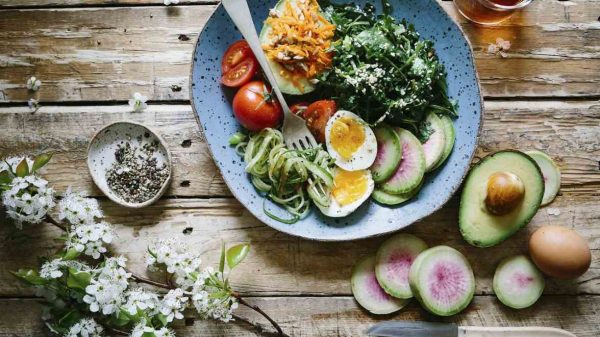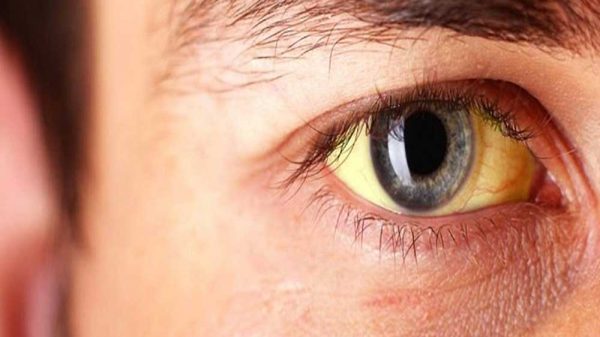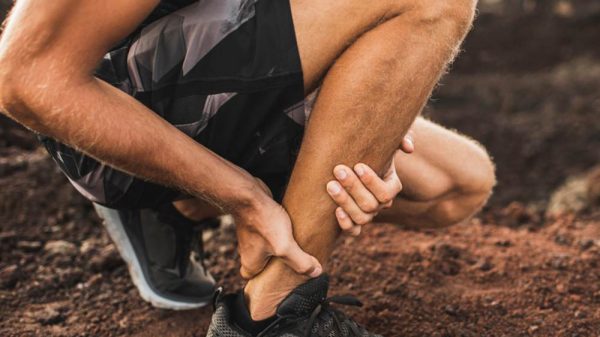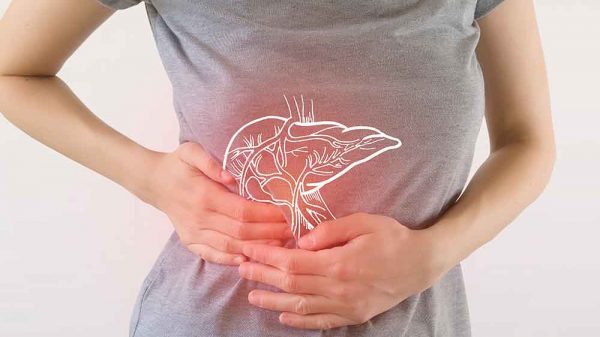So the first part’s done: you’ve gone through the preoperative process and gotten your surgical procedure. But now, the hardest part begins, which is the recovery. The healing process is arguably more challenging than the surgery itself. Where do you even start?
If you’ve recently undergone surgery, you might be asking yourself: “How can you make the healing process more tolerable? How can I speed up healing after surgery?” Keep reading to find out tips and strategies for expediting the healing process after surgery, including what to eat after surgery. Find out everything you need to know about foods to eat after surgery, foods to avoid, and other tips.
What Happens When You Undergo Surgery
Regardless of the procedure, undergoing surgery is basically like sustaining a controlled, non-accidental injury. An operation requires incisions and necessarily disturbs skin, bone, ligaments, and other tissue, even if the ultimate goal is to correct an issue. In response to the injury, the body responds by activating the immune system. The body then gets to work on repairing the wound.
Top Foods to Eat After Surgery
The post-surgery diet is packed with foods that fortify the immune system, fight against medication side effects, and promote fast wound healing.
1. Red Bell Peppers
Red bell peppers are rich in vitamin C, which is a critical nutrient for supporting healthy immune function and cell regeneration. Vitamin C is also known as ascorbic acid and is associated with faster healing of soft tissue and collagen synthesis. Research published in the International Journal of Surgery Open reveals that surgical patients are at risk for slower healing if they are deficient in ascorbic acid. (1) Ensuring adequate levels of vitamin C has the potential to reduce complications associated with wound healing and shorten hospital stays. (1)
Citrus fruits also contain lots of vitamin C, along with broccoli, cauliflower, kiwis, papaya, and spinach.
2. Quinoa
Quinoa is a whole grain that is rich in insoluble fiber, soluble fiber, protein, and minerals. Fiber is so important after surgery because it fights against constipation, which is a common side effect of many pain medications. Plus, whole grains support a healthy microbiome and feed good bacteria that are present in the gut. These healthy bacteria produce anti-inflammatory byproducts, which then travel throughout the body to support the immune system and other biological functions. Other whole grains like oats, whole wheat, millet, and brown rice offer lots of fiber and micronutrients as well.
Whole grains like quinoa work well as a savory side for salmon, chicken, beans, and veggies. You can also enjoy a sweet version of quinoa by combining it with a little bit of coconut oil, sliced mango, and a drizzle of honey.
3. Nonfat Greek Yogurt
Nonfat Greek yogurt provides a ton of protein that helps your body repair tissues after surgery. Unlike vegetable protein sources, animal protein sources like yogurt offer complete protein. A complete protein contains optimal ratios of essential amino acids, which are the building blocks of protein that cannot be produced internally through biological processes. Instead, we must obtain essential amino acids through the foods we eat. Amino acids are particularly vital following surgery because the body is utilizing them at a faster rate than usual.
Under normal circumstances, the body uses essential amino acids to synthesize muscle tissue, neurotransmitters, hormones, and enzymes. When healing from a wound or illness, the body uses up even more amino acids than usual. As a result, the body requires a larger dietary supply of essential amino acids to satisfy the demand.
Nonfat Greek yogurt is an excellent source of protein. In addition to offering balanced ratios of essential amino acids, Greek yogurt is also rich in calcium, which can help support bone healing. Yogurt also contains probiotics to support a healthy gut microbiome. Enjoy Greek yogurt with your favorite fruit and a drizzle of honey, or as a base in smoothies. Kefir, sauerkraut, and kimchi are great alternative sources of probiotics.
4. Cottage Cheese
Cottage cheese is another healthy option that is similar to yogurt. It is filled with protein, low in fat, and offers optimal ratios of essential amino acids. You can enjoy cottage cheese with either sweet or savory ingredients. Try cottage cheese with fruit and nuts for a protein-packed breakfast that supports wound healing.
5. Kale
Kale is a cruciferous vegetable that is chock-full of nutrients that support healing after surgery. Kale contains antioxidants, vitamin A, vitamin C, vitamin K, manganese, and calcium. How can you increase your kale consumption after surgery? You can try enjoying kale both raw and cooked. Try marinating chopped kale with olive oil and lemon juice, and sprinkle with salt, pepper, and garlic powder. You can fold in other leafy greens and cruciferous vegetables for variety and extra nutrients, such as spinach, arugula, cauliflower, Brussel sprouts, and cabbage.
6. Walnuts
Walnuts contain loads of healthy fats like omega-3 fatty acids. Walnuts also contain protein, vitamin B-6, and magnesium. You can enjoy walnuts by sprinkling them on your salad and oatmeal or as a crunchy component in trail mix. You can even enjoy them on their own by the handful.
Healthy fats can also be found in pecans, cashews, pumpkin seeds, flaxseeds, and avocados.
7. Lean Meats
Lean meats are important foods that promote healing because they are excellent sources of protein when you are recovering from surgery. Whenever possible, choose organic, unprocessed meats like chicken breast and turkey breast. Pair high-quality meats with other foods like whole grains and vegetables, for a balanced meal that supports the recovery process.
8. Fish
Fatty fish is packed with important nutrients that encourage healing following surgery. One particularly important nutrient is omega-3 fatty acids, which are present in fish as eicosapentaenoic acid (EPA) and docosahexaenoic acid (DHA). Getting plenty of omega-3 fatty acids is vital for reducing inflammation throughout the body after surgery.
Another helpful nutrient present in fatty fish is vitamin D. In a systematic review published in Patient Safety in Surgery, researchers found that the majority of studies demonstrated detrimental outcomes for patients deficient in vitamin D. (2) Vitamin D deficiency and insufficiency is common across the general population, so making sure you have adequate levels of vitamin D are important. There are very few dietary sources that are naturally rich in vitamin D. To get more vitamin D in your diet, strive to get a little bit of sunshine each day both leading up to your surgery and after surgery. However, avoid getting too much sun and exposing your wound directly to sunlight since this can worsen scarring.
In addition to omega-3 fatty acids and vitamin D, oily fish also offer optimal ratios of essential amino acids. Mackerel, salmon, arctic char, and sardines provide lots of omega-3 fatty acids, vitamin D, and protein.
9. Mushrooms
Mushrooms exhibit antimicrobial properties and may also help promote wound healing. A review published in Molecules reveals that a component present in fungi called beta-glucans that have been shown to stimulate healing. In particular, beta-glucans help activate keratinocytes, fibroblasts, and immune cells to regrow tissues and support wound healing. (3)
Research also indicates that beta-glucans fight against infection by supporting the function of immune cells like killer cells and macrophages. (4) Fighting against and preventing infection is particularly important for avoiding unwanted complications during recovery.
You can get beta-glucans in your diet by eating foods like mushrooms, grains, and yeast. Try using mushrooms as a hearty addition to salads, vegetable stir-fries, and sandwiches.
10. Sweet Potatoes
Sweet potatoes are overflowing with vitamin C, fiber, potassium, and beta carotenoids that exhibit antioxidant properties. To maximize the nutritional value of sweet potatoes, consume them with the skin. Other orange foods like apricots, squash, and carrots are also rich in beta carotenoids.
11. Bananas
Bananas are high in both potassium and vitamin B6. When frozen, bananas are a delicious smoothie base. You can also enjoy bananas on their own or paired with peanut butter or almond butter.
Foods to Avoid After Surgery
Avoiding certain foods after surgery is equally important as eating the right foods. Just as certain foods can expedite wound healing, others can actually slow down the healing process. Here are the foods that you should NOT eat after surgery.
1. Fatty Dairy Products and Meat
Dairy and meat provide optimal ratios of essential amino acids, which are vital for supporting the healing process after surgery. However, fatty dairy products and meat can be detrimental to the healing process. While healthy fats support wound healing and tissue synthesis, saturated fat can actually cause inflammation that impairs the healing process. It’s also a good idea to stay away from saturated fat in general. Over time, high consumption of saturated fat can lead to high cholesterol and cardiovascular disease. Steer away from foods with a high saturated fat content by limiting your intake of whole milk, cream, cheese, red meat, pork, and dark meat chicken and turkey.
2. Added Sugars
Added sugars are present in many foods that are part of the standard American diet. However, excess consumption of added sugars can be harmful to the healing process following surgery. When we eat large quantities of added sugars, the body rapidly breaks down the sugars into glucose molecules that enter the bloodstream and spike blood sugar levels.
As a result, tissues throughout the body are exposed to high levels of sugar, which can cause inflammation and irritation, therefore delaying healing times. Furthermore, high blood sugar can harden blood vessels, causing reduced blood flow. When blood flow is impaired, the body is unable to effectively deliver nutrients and oxygen to the wound site, which slows down the healing process.
To reduce your intake of added sugars, avoid buying packaged foods and baked goods such as granola bars, breakfast cereal, toaster pastries, doughnuts, and muffins. In addition, beware of products like salad dressings, sauces, condiments, and even bread. These foods can have several grams of added sugar lurking in each serving.
3. Fried and Processed Foods
Fried and processed foods often contain detrimental compounds that impair wound healing, such as preservatives and trans fats. Trans fats are similar to saturated fats since they cause inflammation that can slow down healing.
Other Tips to Support Healing After Surgery
Your diet, as well as lifestyle choices after surgery, is important for supporting wound healing. Here are a few more tips to keep in mind as you progress through the recovery period.
1. Avoid Alcohol
Alcohol is a toxic substance that must be processed by your liver and excreted. Before alcohol can be metabolized and detoxified, it enters the bloodstream and travels to all of your tissues, including the surgical site. Alcohol inflicts oxidative stress that leads to an excess of free radicals, which can slow down the healing process. On top of that, alcohol can have blood-thinning effects that may increase the risk of bleeding. Before consuming alcohol after surgery, make sure you first talk to your doctor.
2. Eat Soft Foods
If you’ve undergone oral surgery or bariatric surgery, eating soft foods is essential. If you’ve recently had wisdom tooth removal surgery or other kinds of oral surgery, eating soft foods reduces the risk of injury and irritation to the surgical site. Following weight loss surgery, soft, digestible foods go easy on your stomach and support healing.
It’s vital that when eating soft foods, you don’t sacrifice any of the nutrients that you need for healing. Sweet potatoes, Greek yogurt, beans, and cooked vegetables are excellent options. Smoothies are a perfect vehicle for getting antioxidants and protein. To prepare a perfect post-surgery smoothie, combine frozen bananas, soymilk, oats, and cocoa powder in a blender. Add chocolate-flavored essential amino acids to the smoothie to increase the nutritional value.
3. Get Plenty of Rest
Rest and sleep are vital for supporting the healing process. When it comes to how to make a wound heal faster and how to heal stitches faster, getting plenty of sleep is absolutely critical. The immune system and all biological processes are very active while we sleep, and a lot of tissue synthesis and healing happens while we rest.
Things to Keep in Mind
Your dietary needs and guidelines for your recovery process will depend on your individual biochemistry and the surgical procedure that you underwent. Make sure to talk to your surgeon and registered dietitian about the foods that are best for your specific needs. It’s also best to ask your health care provider about any supplements you are considering, to make sure they are ideal for your needs.
Best Foods to Eat After Surgery: Conclusion
There’s no doubt that undergoing the actual surgical procedure is tough. But the aftermath of recovery is arguably a tougher and longer road. Taking care of yourself and sticking to the right foods during the healing process is crucial for making a fast and speedy recovery without complications. The best foods for healing include those that are rich in essential amino acids, vitamin C, beta-glucans, omega-3 fatty acids, and fiber.
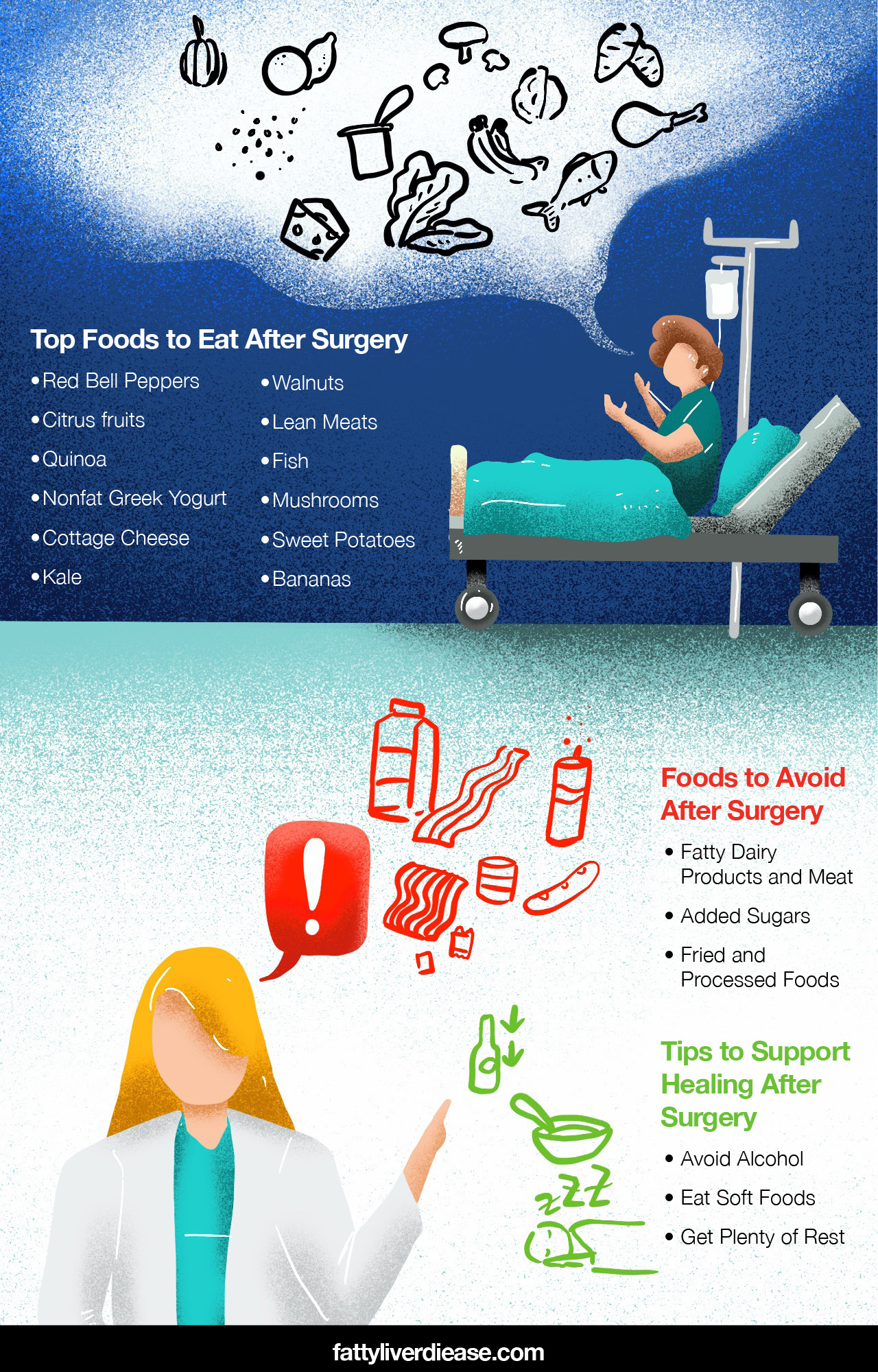
References:
(1) https://www.sciencedirect.com/science/article/pii/S2405857215300346
(2) https://www.ncbi.nlm.nih.gov/pmc/articles/PMC4413543/
